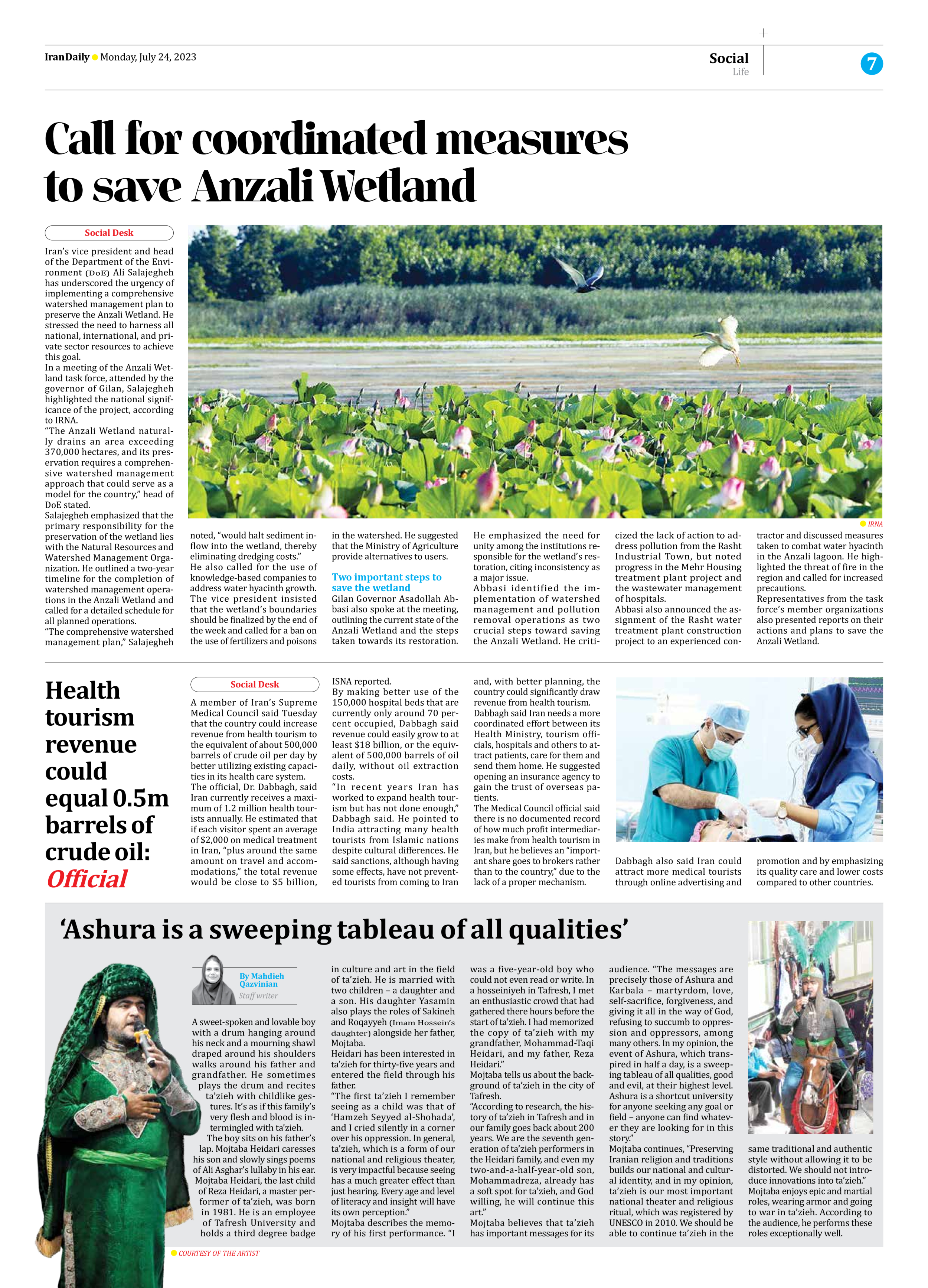
Health tourism revenue could equal 0.5m barrels of crude oil: Official
A member of Iran’s Supreme Medical Council said Tuesday that the country could increase revenue from health tourism to the equivalent of about 500,000 barrels of crude oil per day by better utilizing existing capacities in its health care system.
The official, Dr. Dabbagh, said Iran currently receives a maximum of 1.2 million health tourists annually. He estimated that if each visitor spent an average of $2,000 on medical treatment in Iran, “plus around the same amount on travel and accommodations,” the total revenue would be close to $5 billion, ISNA reported.
By making better use of the 150,000 hospital beds that are currently only around 70 percent occupied, Dabbagh said revenue could easily grow to at least $18 billion, or the equivalent of 500,000 barrels of oil daily, without oil extraction costs.
“In recent years Iran has worked to expand health tourism but has not done enough,” Dabbagh said. He pointed to India attracting many health tourists from Islamic nations despite cultural differences. He said sanctions, although having some effects, have not prevented tourists from coming to Iran and, with better planning, the country could significantly draw revenue from health tourism.
Dabbagh said Iran needs a more coordinated effort between its Health Ministry, tourism officials, hospitals and others to attract patients, care for them and send them home. He suggested opening an insurance agency to gain the trust of overseas patients.
The Medical Council official said there is no documented record of how much profit intermediaries make from health tourism in Iran, but he believes an “important share goes to brokers rather than to the country,” due to the lack of a proper mechanism.
Dabbagh also said Iran could attract more medical tourists through online advertising and promotion and by emphasizing its quality care and lower costs compared to other countries.







